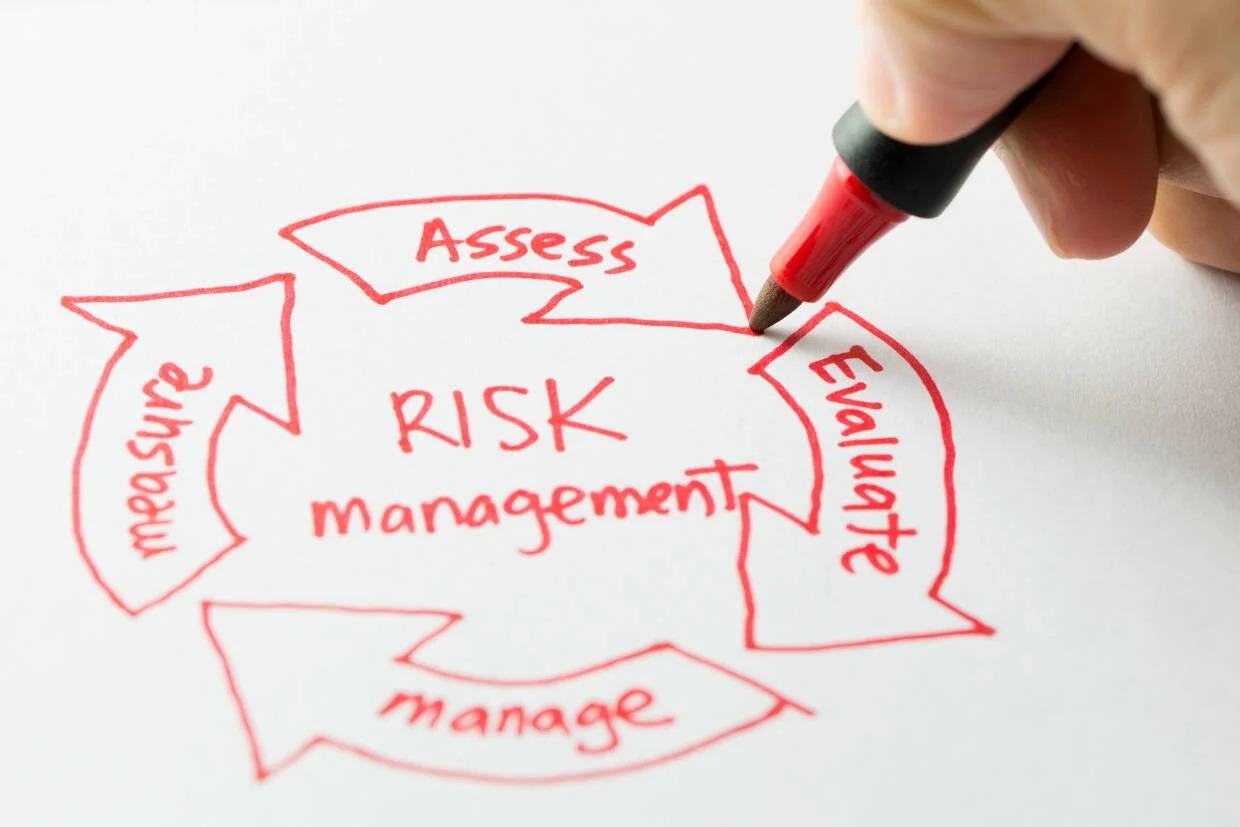Home>Finance>Market Exposure: Definition, Measurement, Types, Risk Strategies


Finance
Market Exposure: Definition, Measurement, Types, Risk Strategies
Published: December 22, 2023
Learn about market exposure in finance, including its definition, measurement, types, and risk strategies. Enhance your understanding and make informed decisions.
(Many of the links in this article redirect to a specific reviewed product. Your purchase of these products through affiliate links helps to generate commission for LiveWell, at no extra cost. Learn more)
Market Exposure: Definition, Measurement, Types, Risk Strategies
Finance is a vast field encompassing various aspects of money management, investment, and risk assessment. One crucial concept that lies at the core of finance is market exposure. In this blog post, we will delve into the concept of market exposure, its definition, measurement methods, different types, and risk strategies. By the end, you’ll have a solid understanding of market exposure and how it impacts financial decision-making.
Key Takeaways:
- Market exposure refers to the degree to which an investment or portfolio is influenced by general market movements.
- Measuring market exposure involves analyzing beta, a statistical measure that reflects an asset’s volatility compared to the overall market.
What is Market Exposure?
Market exposure, in simple terms, is the susceptibility of an investment or portfolio to the fluctuations and movements of the overall market. When an investment has high market exposure, it is heavily influenced by market factors such as economic conditions, interest rates, and market sentiment. Conversely, low market exposure means the investment is less affected by changes in the market.
Market exposure is an essential consideration for investors and portfolio managers as it helps them gauge the potential risks and rewards associated with a particular asset or portfolio. By understanding market exposure, investors can make more informed decisions, optimize their risk-return trade-offs, and enhance their overall investment strategies.
Measurement of Market Exposure
Measuring market exposure requires a quantitative approach. One common method involves the use of beta, a statistical measure that quantifies an asset’s volatility in relation to the market as a whole. Beta measures the sensitivity of an asset’s returns to changes in the market index.
Assets with a beta greater than 1 are considered to have high market exposure, meaning they tend to move in the same direction as the overall market but with greater intensity. On the other hand, assets with a beta less than 1 have low market exposure, indicating that they exhibit less sensitivity to market movements.
Another way to measure market exposure is through factor analysis, where investors evaluate the correlation between an asset or portfolio’s returns and specific market factors. Through this analysis, investors can gain a deeper understanding of how their investments are influenced by various market influences.
Types of Market Exposure
Market exposure can manifest in different forms based on the type of investment or the sector in focus. Some common types of market exposure include:
- Equity Market Exposure: This refers to the level of influence that stock investments have on the overall equity market.
- Interest Rate Market Exposure: This type of market exposure reflects the impact of interest rate changes on investments, such as bonds and other fixed-income securities.
- Foreign Exchange Market Exposure: Investors with exposure to foreign exchange markets are susceptible to currency fluctuations, impacting their investments in international assets.
- Commodity Market Exposure: Investors involved in commodity trading or holding commodity-related investments are subject to the price movements and supply-demand dynamics of specific commodities.
- Industry Market Exposure: This form of market exposure pertains to investments concentrated within specific industries, such as technology, healthcare, or energy. Industry-specific factors directly influence the performance of investments within these sectors.
Risk Strategies for Market Exposure
Understanding market exposure is crucial for implementing effective risk management strategies. Here are some common risk strategies used to mitigate or manage market exposure:
- Diversification: Spreading investments across various asset classes, sectors, and geographical regions can help reduce reliance on any single market and minimize overall market exposure.
- Hedging: Implementing hedging strategies, such as options or futures, can offset potential losses by protecting against adverse market movements.
- Active Portfolio Management: Actively managing and adjusting portfolios based on market conditions can help mitigate market exposure and capture potential opportunities.
- Investing in Non-Correlated Assets: Including assets that have low correlation with the overall market can help reduce market exposure and diversify risk.
Market exposure plays a crucial role in financial decision-making and risk management. By understanding and managing market exposure effectively, investors can strive to achieve their financial goals while navigating the ever-changing dynamics of the market.














